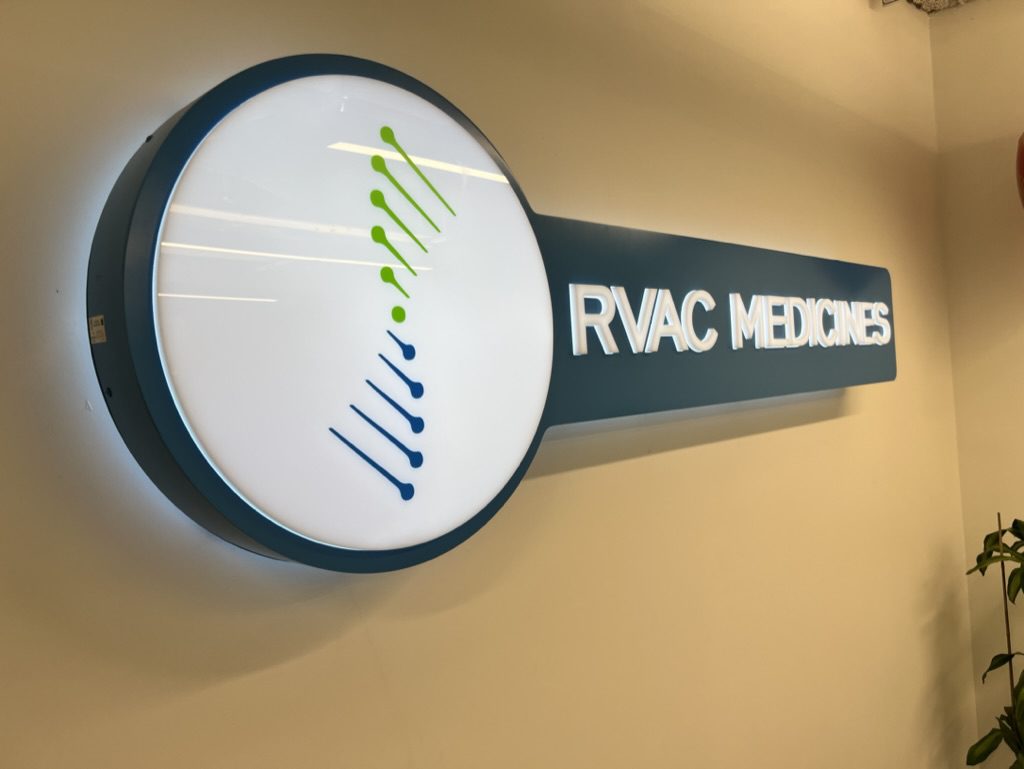10 Common Mistakes to Avoid in Large Format Printing

Avoid Costly Mistakes in Large Format Printing
Large format printing is a powerful tool for businesses aiming to make a significant visual impact. From eye-catching banners and posters to vibrant vehicle wraps and wall graphics, large format prints can effectively convey your brand message to a wide audience. However, achieving optimal results requires careful planning and attention to detail. Mistakes in the printing process can lead to wasted materials, additional costs, and a finished product that doesn’t meet expectations.
At Production Resources, we specialize in high-quality large format printing services that guarantee your visuals stand out. Whether you’re designing trade show displays, signage, or promotional materials, our expert team is here to help you get the best results. Call us today at (781) 317-6064 to discuss your next project!
1. Using Low-Resolution Images
One of the most frustrating and common issues in large format printing is the use of low-resolution images. When images are scaled up for large prints, low-resolution files can become pixelated and blurry, detracting from the excitement and professionalism of your display. Even if an image appears clear on a computer screen, keep in mind that it may not translate well when enlarged to banner size.
Solution: Always use high-resolution images with a minimum of 150 DPI (dots per inch) at the final print size. Taking this precaution verifies that you will receive the intended clarity and sharpness in your prints. For logos and illustrations, vector graphics are the optimal choice as they can be resized without losing quality. If you’re unsure about your image resolution, consult with a large format printing professional to avoid disappointing results.
2. Neglecting Bleed and Safe Zones
Bleed refers to the extra area around your design that extends beyond the final trim size, ensuring that no unprinted edges appear in the final product. Without proper bleed, minor shifts during cutting can result in white edges that compromise the high-quality look of your print. Safe zones are areas within the trim line where essential elements like your text and brand logos should be placed to prevent them from being cut off. Keeping important details within that safe zone allows those details to reach your audience. Failing to account for these aspects can lead to crucial design elements being trimmed or an unprofessional final look.
Solution: Incorporate a bleed of at least 0.25 inches on all sides of your large format printing design. Keep critical elements at least 0.5 inches away from the trim edges to make certain that they remain intact after cutting. Properly setting up your file with bleeds and safe zones helps avoid costly reprints and maintains the integrity of your design. If you are unsure of the spacing of your zones, do not hesitate to reach out to Production Resources for our large format printing expertise!
3. Overlooking Color Calibration
Color discrepancies between your digital design and the final print can be frustrating. If color profiles are not properly managed, you may end up with large format prints that look different from what you envisioned. This can be especially problematic for branding, where color consistency is crucial for maintaining a professional appearance. The differences often stem from using RGB color mode, which is optimized for screens, rather than CMYK, which is standard for printing.
Variations in printing equipment and materials can affect color output, making communication with your print provider a vital aspect of the printing process. Inconsistent lighting conditions and monitor settings can also lead to inaccurate color expectations, further emphasizing the importance of color calibration throughout the design and large format printing process, not just on your screen.
Solution: Design your artwork using the CMYK color mode, which is standard for printing, rather than RGB, which is used for digital screens. Regularly calibrate your monitors to ensure color accuracy and work with your trusted printing provider to understand their specific color profiles and processes. Requesting a color proof before the full print run can help you confirm that your final product meets your expectations.
4. Choosing Inappropriate Materials
Selecting the wrong material for your large format printing project can affect its durability and appearance. For example, using indoor-grade materials for outdoor signage can result in rapid deterioration due to weather exposure, especially here in New England. Not to mention, some materials may not provide the vibrancy or texture needed for certain applications. When choosing the right finish, remember that matte, gloss, or textured coatings can impact how your design appears in different lighting conditions and viewing angles.
Solution: Consult with your printing provider to choose materials that best suit the intended use of your large format print. Consider factors such as exposure to weather, desired longevity, and surface application. For example, vinyl is often preferred for outdoor banners due to its durability, while fabric might be chosen for high-end indoor displays. Making the right choice when it comes to the material and printing team helps your print remain visually appealing through any condition.
5. Ignoring Viewing Distance
The intended viewing distance of your large format printing venture should influence key design elements like font size, image details, balance, and overall composition. A design that looks great up close may not be legible from a distance, making it ineffective for its intended purpose.
Solution: Design your large format printing with the expected viewing distance in mind. If your print will be viewed from afar, such as on a billboard or event signage, use larger fonts and bold graphics. Test your design by zooming out on your screen or printing a scaled-down version to assess its readability before committing to a full-sized print.
6. Including Excessive Text
Overloading your large format print with too much text can overwhelm viewers and dilute your message. Unlike brochures or flyers, large format prints should be concise and visually engaging to capture attention quickly. By pinpointing key visuals and minimal text, you can make your large format printing a compelling and memorable piece that resonates with your audience.
Solution: Keep text short and impactful. Use key slogans, phrases, or bullet points rather than long paragraphs. Make sure the most important information stands out and is easy to read from a distance. A well-balanced design with clear visuals and minimal text will be more effective in conveying your message.
7. Failing to Proofread
Spelling errors and grammatical mistakes can undermine the professionalism of your large format printing project. Once printed, these errors can be costly to fix and may damage your brand’s credibility. To avoid this, make sure your texts and designs are thoroughly reviewed, reflecting the quality and attention to detail that your brand stands for.
Solution: Always proofread your design multiple times. Have a second pair of eyes review it to catch mistakes you might have overlooked. Running a final spelling and grammar check and reading the text out loud can also help identify errors. Taking the time to proofread ensures that your print looks polished and professional.
8. Not Considering Installation Constraints
Ignoring the practical aspects of where and how your large format print will be installed can lead to unforeseen issues, such as obstructed views, installation difficulties, or poor alignment with the surroundings.
Solution: Plan your design with the installation location in mind. Consider factors like lighting, surface texture, wind exposure, and potential obstructions. Consulting with installation professionals beforehand can help ensure that your print is displayed as intended and remains securely in place.
9. Overcomplicating the Design
A cluttered design with too many elements can make your large format print confusing and ineffective. The best designs are simple, bold, and easy to read. By focusing on the most important messages and utilizing negative space, you can create a clean, impactful design that draws attention.
Solution: Focus on a single, clear message. Use ample white space to enhance readability and direct attention to key elements. Large format printings should highlight your message without overwhelming the viewer, allowing them to quickly understand your brand’s purpose. When done right, a clean, uncluttered large format printing design is more likely to leave a lasting impression and drive engagement.
10. Skipping Test Prints
Foregoing a test print can lead to unexpected issues in the final product, such as color inaccuracies, poor resolution, or design misalignment. Without seeing a test print, you might miss important mistakes and details that could impact the quality of your large format printing. A test print provides a chance to assess the design at full scale and confirm that it will translate well when it comes time for the final print.
Solution: Always request a test print or proof before committing to a full production run. Reviewing a physical proof allows you to spot and correct any issues early, verifying that the final product meets your expectations. A small investment in time and resources at this stage can help you avoid costly mistakes and make sure your large printing shines.
Achieve Stunning Results with Expert Large Format Printing
By avoiding these common mistakes, you can achieve high-quality large format printing results that effectively capture attention and reinforce your brand’s image. Every aspect of the process, from high-resolution images and accurate color calibration to selecting the right materials and planning for installation, plays a crucial role in delivering a flawless final product. The more attention you give to each detail, the stronger the impact of your large format printing will be. Paying close attention to design, production, and installation can make a significant difference in the outcome.At Production Resources, we are committed to delivering exceptional large format printing services that meet your specific needs. Whether you need banners, trade show displays, signage, or vehicle wraps, our experienced team is here to help. Call us today at (781) 317-6064 to get started on your next printing project!

